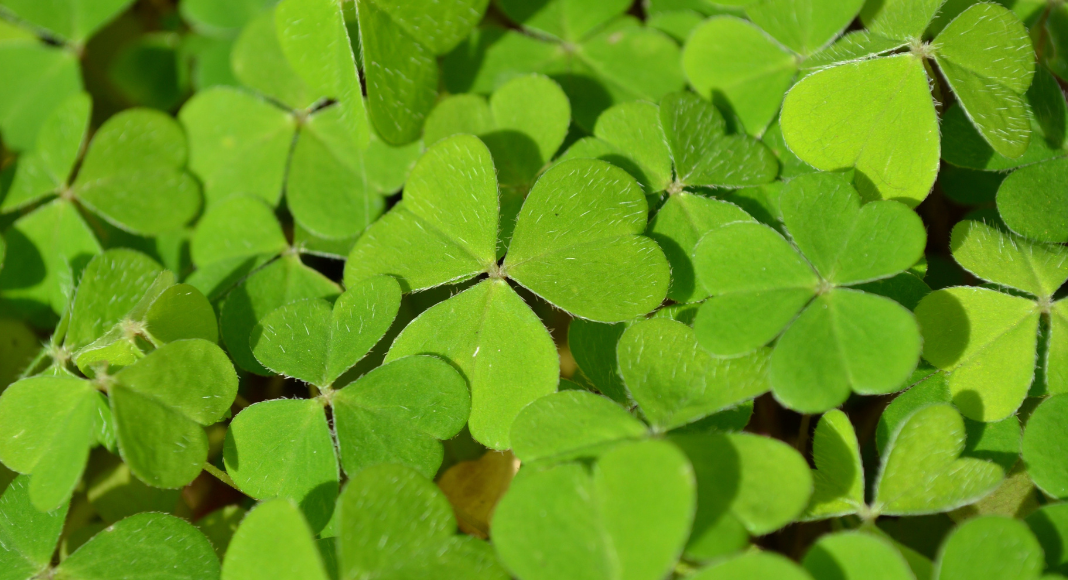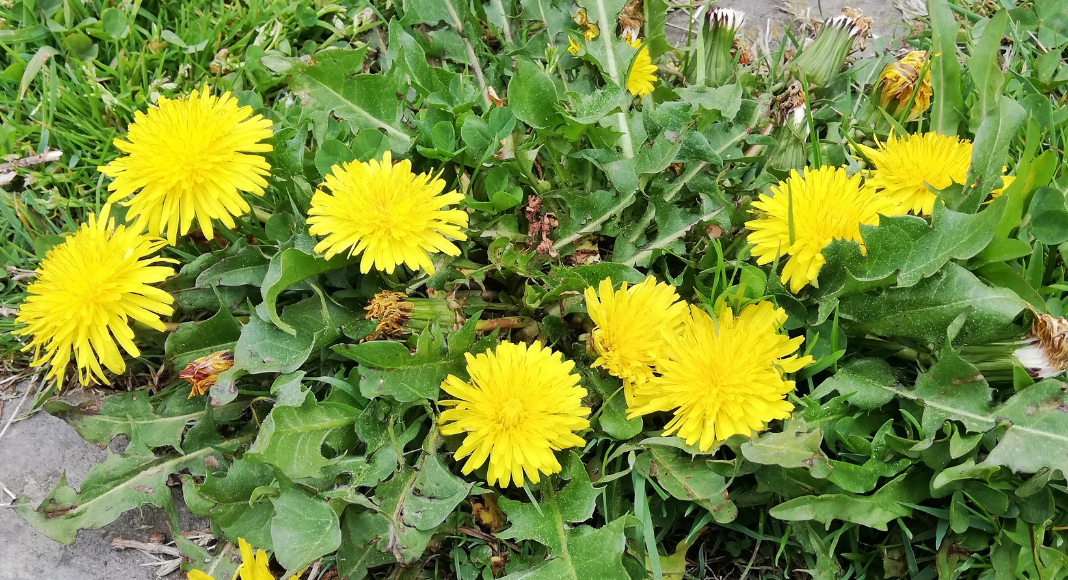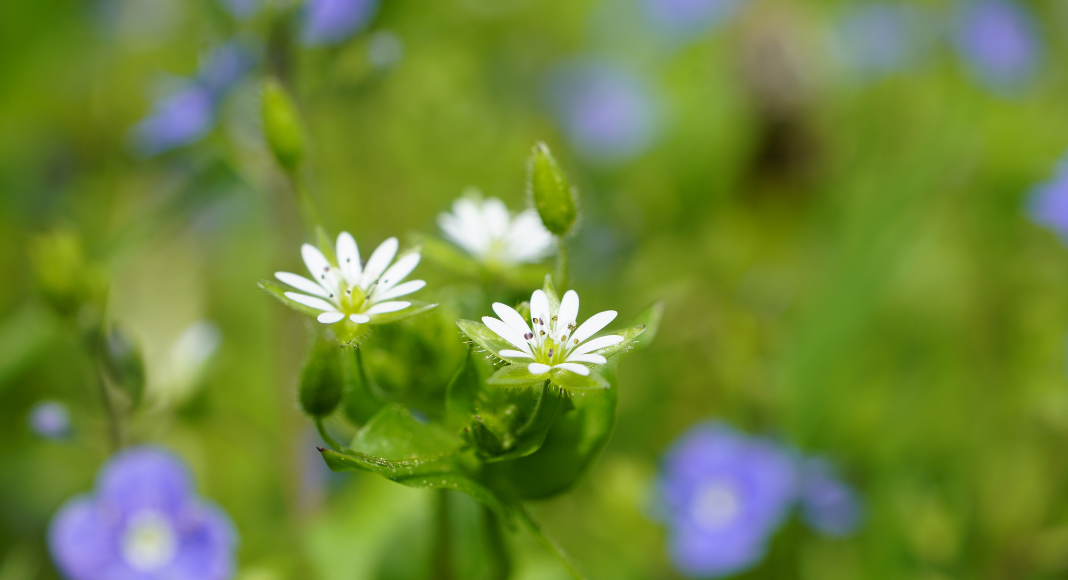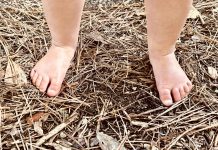
How Does Your Garden Grow?
Ah, gardening. My first true love.
A a teenager in Birmingham, my high school partnered with Jones Valley Teaching Farm to offer courses in sustainable agriculture, something the organization continues to do in various schools across the city. Back then, at seventeen, I was pretty clueless as to what a course in sustainable agriculture could mean, but I knew I could knock out an entire science credit in a summer and free up my senior year with yet another study hall period (AKA nap time). I was sold.
June rolled around, and I realized pretty quickly that I had bitten off more than I expected. A full summer of waking up at the crack of dawn, double digging garden beds, turning compost, picking seemingly endless rows of green beans, and roasting like a chicken under the blistering Alabama sun. It was WORK. And it was beautiful.
I fell in love with growing things that summer, in spite of (or maybe because of) all that sweat. I haven’t stopped gardening since. Agriculture and its many forms, from sustainable to community to permaculture, remain ingrained into my way of life.
Cultivating Self-Sufficiency
Like many others in the earliest days of quarantine, I channeled my anxiety into my hobbies. Here, I set out on a path toward dietary self-sufficiency, or at least as close as I could get to that on one third of an acre in the suburbs. I read up on permaculture and took a course in herbalism. Then, I spent some time working with Walden Farmacy to solidify my new approaches to growing food and medicine.
While walking through the Walden Farmacy grounds on my first day on the farm, I stopped to gawk at a fluffy, leafy, hot pink-accented shrub. Despite its showy presence, this magenta-colored variant of lamb’s quarters (scientific name: Chenopodium giganteum), I learned, was not something intentionally planted in that particular spot. Because lamb’s quarters is powerfully nutritious, farmer Trevor Mann told me, they let it grow where it might otherwise be considered a weed.

An edible weed! Throughout my studies and time as a gardener/forager, I technically already knew about edible weeds. However, something in my soul shifted in that moment among the lamb’s quarters, and my appreciation for the purest of nature’s bounties grew. We didn’t need to retreat into the woods to forage for food–there was plenty right in my backyard! That day, I took one of the seeding tops of the lamb’s quarters to shake out in my home garden. Now, these gorgeous weeds grow abundantly just steps from our patio, right next to countless other long-established wild edibles.
Edible Magic: Learning How to Eat your Yard
Since that magical day on the farm, I have made it a point to teach my kids about the edible worlds around them. We go outside for daily foraging adventures in our own backyard. My four year old can identify so many plants on her own, but she still knows to always ask mama before eating anything. The importance of a certain identification cannot be understated.
Our number one rule in yard foraging is be 100% sure you know what you are eating before you eat it! Further, this blog post is not intended to serve as a plant identification guide. Contact an expert for information on proper plant ID and medical advice BEFORE chowing down on anything in your yard. Even with thousands of hours of herbalism and foraging education under my belt, I still double and triple check before consuming anything I find!
Look for resources from your local extension services or agricultural colleges and universities to give you the best, most scientifically accurate information. Trusted field guides, like A Peterson Field Guide to Edible Wild Plants, can help with identification as well.
Some of our favorite easy-to-spot yard snacks include wood sorrel, dandelions, and chickweed.
Wood Sorrel
Wood Sorrel (scientific name: Oxalis spp.) leaves look a lot like the shamrocks folks flaunt around Saint Patrick’s Day. It has three (sometimes four) heart-shaped leaflets, and its flowers come in a variety of colors. The seed husks on this one look like teeny tiny okra pods. All of the above ground parts make my mouth pucker like the taste of citrus. It’s a great addition to summer salads when you want to mix it up, but don’t eat too much! Wood sorrel contains oxalic acid. Oxalic acid is a chemical compound that is toxic in large quantities and can intensify conditions such as gout, arthritis, and kidney stones.

Dandelion
My kids love a good dandelion (scientific name: Taraxacum officinale) in any season. From the bursts of bright yellow in the summer to the delicate seed heads ready to blow into the wind, the childlike whimsy of this plant endears itself to kids pretty universally. The palette on dandelion is another story! It is BITTER, but a good bitter that works like a chicory or endive might as an accent to a mixed green salad or steamed spinach side. It’s a shock to the senses on its own, perfect for outside sensory play!

Chickweed
Chickweed (scientific name: Stellaria media) grows all around us. It peaks in spring and fall when it’s not too hot or cold, and it’s easy to ID once its flowers bloom. Chickweed has 5 tiny white flower petals, lobed so deeply that each flower looks more like it has ten petals. Tender and mild, chickweed’s flavor reminds me of alfalfa sprouts. We throw it on sandwiches, mix it into salads, or combine it with other herbs in a spring pesto. Lula calls this one fairy food! I believe it, too. Those tiny flowers would make a great fairy crown.

We Play with Our Food!
While we still struggle to get the kids to eat veggies at mealtimes, I can always count on our backyard. What they won’t eat on a plate, they will eat if they pluck it from the soil themselves. Turns out, kids want to be self-sufficient, too. Engaging them as the natural curious foragers they are works.
Through this exploration, we lean right on in to our kids’ natural inclination to play with their food. Broccoli with dinner? Nah. Wild onions and chickweed next to the swing set? Resounding yes!
Everyone is healthy, happy, and deeply nourished in ways a grocery store cannot deliver.












